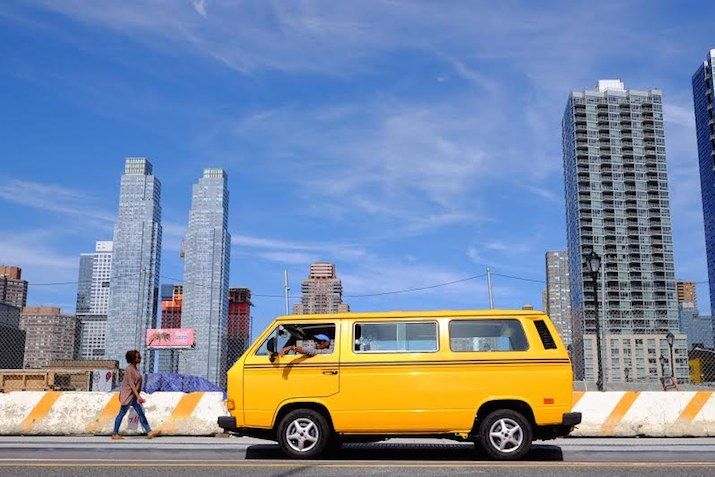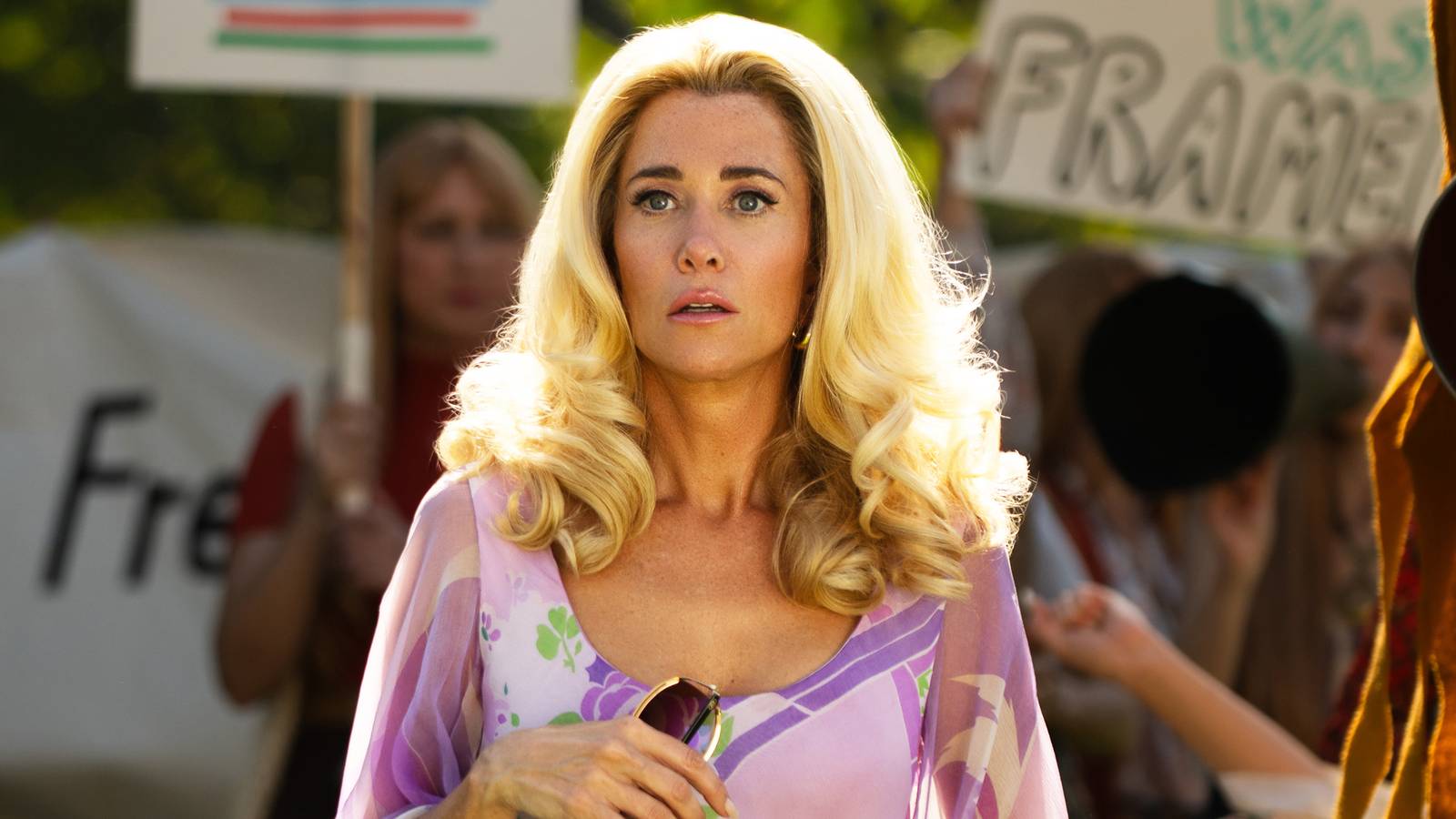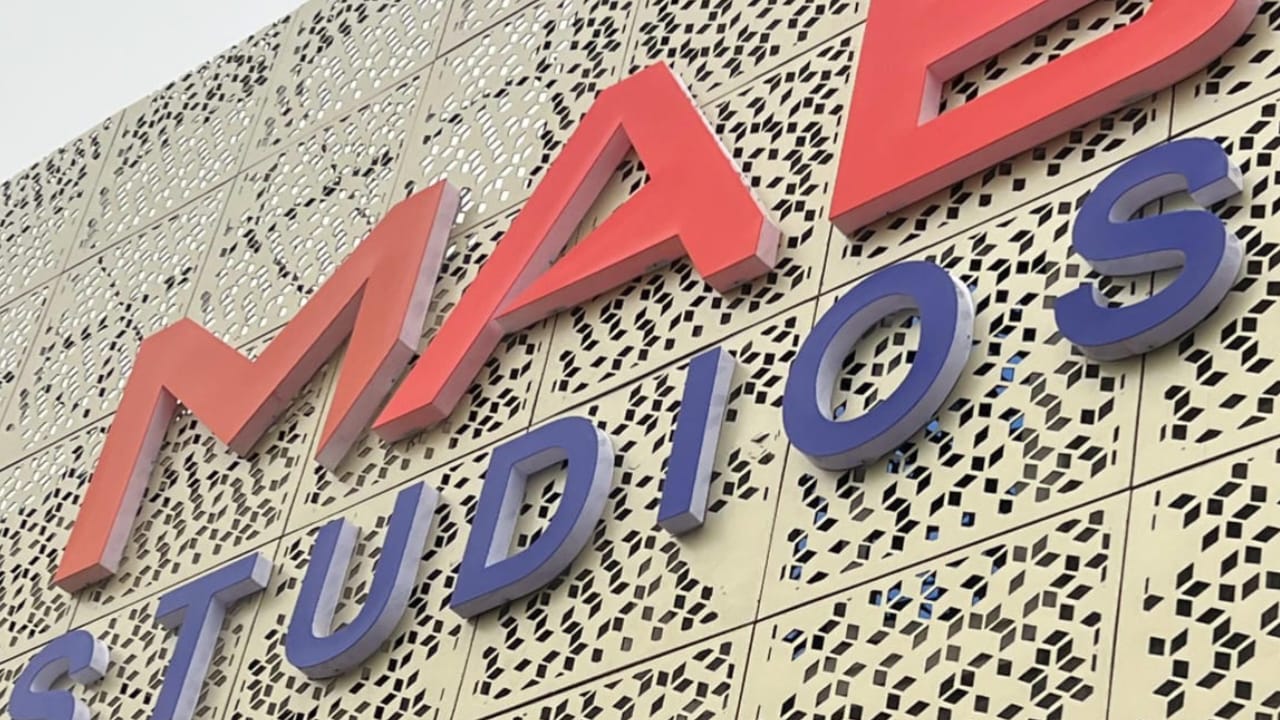Lagos’s Green Line Rail: A New Corridor from Coast to Commerce

Written By Olajide Felix
A Vision Set on Tracks
Lagos State, Nigeria is preparing a bold new vision for the mobilization of its heavy population. The Green Line rail project, intended to stretch from Marina to the Lekki Free Trade Zone, will cover nearly 68 kilometres of coastal urban sprawl.
This electrified corridor promises to reshape commuting, relieve gridlock, and anchor development across the city’s eastern fringe.
At the heart of the plan is a single-construction approach. Lagos aims to complete the entire line at once. From day one, the system is designed to serve half a million riders per day, with the potential to grow to double that volume as its usage matures.
Planning Beyond Promise
The project began in late 2024, after Lagos signed a partnership agreement with the Ministry of Finance Incorporated and a major international construction firm. Lagos would provide funding and oversight, while the partner would design, build, and operate the railway.
At the same time, transport planners in Abuja managed essential financial and technical approvals—signaling a rare synergy between public and private sectors.
By April 2025, the Lagos Metropolitan Area Transport Authority (LAMATA)unveiled the full route and began its environmental and social impact assessments.
Communities along the corridor were invited to share their input, while technical teams laid out alternate alignments to minimize disruption and preserve vital urban zones.
Mapping the Route to Progress
The rail begins at Marina, and will serve as a hub linking bus, ferry, and rail services. It threads through Victoria Island, Lekki Phase 1, Freedom Way, Jakande Market, Chevron, Ajah, Sangotedo, Ibeju-Lekki, and the airport—eventually ending at the export zone that Lagos hopes to establish as a global logistics magnet.
Track sections will alternate between elevated spans over major roads and ground-level runs along road medians.
Every station incorporates accessible designs: elevated platforms feature elevators, escalators, and safe pedestrian crossings, ensuring inclusivity for all commuters.
Finance, Speed, and Function
A significant portion of project funding is reflected in Lagos’s 2025 budget. The government has allocated a large public contribution, managed transparently. Private-sector engineering capacity and funding help close critical gaps, avoiding the burden of relying solely on state-owned departments.
Travel speeds are expected to reach up to 100 km per hour, with trains scheduled to run as frequently as every three to five minutes during peak hours. For a city plagued by bottlenecks and delays, this could cut cross-city journeys to under thirty minutes—a dramatic leap forward.
Cities Within Stations
The Green Line isn’t just about moving people. Urban planners anticipate clusters of live-work districts emerging around each station. Places like Lekki, Ajah, and Ibeju-Lekki—once considered distant suburbs—are being reimagined as smart growth corridors. Land values near station sites are already climbing, attracting commercial and residential investment.
For residents, this means consistent, safe, and affordable access to work, education, and health services. The rail will also take pressure off key expressways and ports, offering a dependable, high-capacity alternative to traffic-heavy road travel.
Economics on the Rails
From a macroeconomic standpoint, the corridor is expected to attract logistics centers, ride-share services, retail shops, and small-scale trade. Transport-linked job growth will span operations, maintenance, and retail employment within and around stations.
These micro-economies can ripple outward, stimulating growth in informal sectors.
Construction is expected to begin in late 2025. This time, Lagos intends to deliver the project in full—not in fragments. The five-year timeline introduces both urgency and accountability. Lessons learned from delays in previous lines may help guide smoother execution on this one.
Concerns, Questions, and Realities
Still, public concern persists. Some civil society groups question whether seventeen stations along the route are enough to guarantee access across diverse neighbourhoods.
Others raise issues around displacement and equitable compensation. The environmental and social assessments currently underway are expected to address these gaps before heavy machinery rolls in.
There’s also a question of governance. The future success of the line depends on the partnership agreement holding beyond current political cycles.
If new administrations uphold the terms, the project could remain stable. If not, delays or mismanagement may follow.
A Commitment to Continuity
Despite these concerns, the mood around the Green Line remains optimistic. City officials have described it as central to Lagos’s long-term vision of becoming a “transit-first” megacity.
The line has been designed to link with water transport systems, BRT stations, and pedestrian zones—creating a layered mobility network.
In terms of affordability, the fare system is expected to follow a subsidized model, with flexibility to adjust for inflation and operational costs. The ultimate aim is to maintain affordability without creating losses or downgrading service quality.
A Lifeline for Forgotten Communities
In areas like Sangotedo, Lakowe, and Ibeju-Lekki—neighborhoods not yet served by other rail lines—this project brings renewed hope. With easier access to jobs and city services, families may find fewer reasons to relocate into already overcrowded urban centers.
For many, the Green Line may become their first reliable public transport link to the heart of Lagos.
To aid understanding and adoption, pop-up information centers are expected to launch by late 2025. These will offer route maps, fare guides, safety instructions, and regular construction updates.
This early transparency could build public confidence and ease the cultural shift toward rail-based commuting.
A Statement of Intent
At its core, the Green Line is not just a transit project—it’s a declaration of intent. It signals that Lagos no longer wishes to be defined by traffic jams, flooding, and urban chaos.
It says the city is ready to lead—not follow—in transport innovation, regional connectivity, and economic inclusion.
And that matters. Because when cities build deliberately—putting people first—growth stops being a burden and becomes a shared vision.
Looking Ahead
When completed, the Green Line will reduce commute times, widen opportunity zones, and spark new investments. Its greatest strength lies in its singular delivery plan and its deliberate effort to serve both economic hubs and neglected communities.
For a coastal city under immense pressure, this rail line is more than a project—it’s a pathway to reclaim dignity in daily movement.
Whether or not it fully lives up to its ambition will depend on more than tracks and trains. It will depend on trust, consistency, and the everyday choices of those who ride it.
But if everything aligns, Lagos just might become the first city in West Africa where the train is not a dream, but a daily rhythm—a moving symbol of what’s possible when a megacity decides to move with purpose.
You may also like...
Super Eagles' Shocking Defeat: Egypt Sinks Nigeria 2-1 in AFCON 2025 Warm-Up

Nigeria's Super Eagles suffered a 2-1 defeat to Egypt in their only preparatory friendly for the 2025 Africa Cup of Nati...
Knicks Reign Supreme! New York Defeats Spurs to Claim Coveted 2025 NBA Cup

The New York Knicks secured the 2025 Emirates NBA Cup title with a 124-113 comeback victory over the San Antonio Spurs i...
Warner Bros. Discovery's Acquisition Saga: Paramount Deal Hits Rocky Shores Amid Rival Bids!

Hollywood's intense studio battle for Warner Bros. Discovery concluded as the WBD board formally rejected Paramount Skyd...
Music World Mourns: Beloved DJ Warras Brutally Murdered in Johannesburg

DJ Warras, also known as Warrick Stock, was fatally shot in Johannesburg's CBD, adding to a concerning string of murders...
Palm Royale Showrunner Dishes on 'Much Darker' Season 2 Death

"Palm Royale" Season 2, Episode 6, introduces a shocking twin twist, with Kristen Wiig playing both Maxine and her long-...
World Cup Fiasco: DR Congo Faces Eligibility Probe, Sparks 'Back Door' Accusations from Nigeria

The NFF has petitioned FIFA over DR Congo's alleged use of ineligible players in the 2026 World Cup playoffs, potentiall...
Trump's Travel Ban Fallout: African Nations Hit Hard by US Restrictions

The Trump administration has significantly expanded its travel restrictions, imposing new partial bans on countries like...
Shocking Oversight: Super-Fit Runner Dies After Heart Attack Symptoms Dismissed as Heartburn

The family of Kristian Hudson, a 'super-fit' 42-year-old marathon runner, is seeking accountability from NHS staff after...






